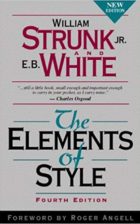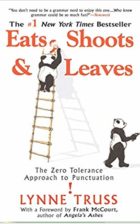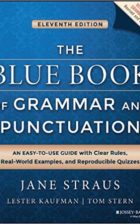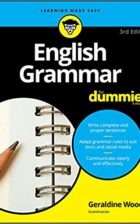Transitive and Intransitive Verbs
In English, verbs can be followed by two different kinds of objects, depending on the type of verb we are using. These are either direct objects or indirect objects.
Transitive verbs are able to take a direct object, whereas intransitive verbs cannot. Here are some examples of both (the direct objects are in bold):
 Transitive verb: Kick
Transitive verb: Kick
- I kicked the ball.
- James kicked an empty can.
- Sarah kicked her feet.
Intransitive verb: Laugh
- She laughed quietly.
- The child laughed.
- I laughed out loud.
For the transitive verb “kick,” the action requires a recipient: an object that is acted upon. In this case, “the ball” receives the action of the verb, which makes it the direct object.
However, notice that we cannot use a direct object with the intransitive verb “laugh.” This is because the action isn’t done to another person or object. It only involves the subject itself.
Now let’s look at direct objects and indirect objects a bit more closely.
Direct Objects
A direct object is a noun phrase that identifies a person or thing as the receiver of an action (and remember that actions are expressed using verbs).
For example, in the sentence “She ate a cookie,” the verb is “ate” and the direct object (the thing that received the action) is “a cookie.”
- I read a book.
- We watched the sunrise.
- Tara played the piano.
Indirect Objects
An indirect object is a noun phrase that refers to a person or thing that is affected by the action of the verb but which isn’t the primary object.
For example, in the sentence “John gave her a flower,” the verb is “gave,” the indirect object is “her,” and the direct object is “a flower.”
In other words, the flower received the action of John giving it away, and “her” identifies the person who was affected by this action.
Here are a few more examples. The indirect objects are underlined, and the direct objects are in bold:
- I poured us a drink.
- Jane gave the dog a bone.
- My father bought me a video game.
When to Use Prepositions
Direct Objects
If the direct object is a pronoun (such as “it” or “him”), we place it before the indirect object, and we need to use a preposition (e.g., “to”):
- I lent it to my friend.
- Can you mail it to me?
- She gave that to us.
Notice that the preposition “to” in these examples indicates the person at whom the action was directed (the indirect object).
Indirect Objects
If the indirect object comes before the direct object, we don’t use a preposition:
- I wrote my girlfriend a letter.
However, if the indirect object comes after the direct object, then we do need to use a preposition:
- I wrote a letter to my girlfriend.
Special Cases: Verbs Worth Noting
If we only have an indirect object after the verb “write” or “read,” then we need to use a preposition:
Verb: Write
- My pen pal writes to me often.
Comparison: Two objects
- My pen pal writes me a letter often. (No preposition)
My pen pal writes a letter to me often. (Preposition)
Verb: Read
- My mother reads to us every night.
Comparison: Two objects
- My mother reads us a story every night. (No preposition)
- My mother reads a story to us every night. (Preposition)
Lastly, when we use verbs like “tell,” “show,” and “promise” with only an indirect object, we don’t use a preposition:
- I told everyone.
- “Can you show us?”
- She promised me.
* * *
For more help with your English grammar and writing, have a look at our resource page for the best guides and books available!
Stay in Touch!
Do you want to learn how to read, write, and speak English with confidence? Are there any grammar rules that you find hard or confusing? Drop us a comment to let us know and we’ll help you in your journey to learn English!









In English, are verbs only transitive or intransitive? Or can they be both?
Hi Michiko,
That’s a very good question! Certain verbs in English can be both transitive and intransitive depending on how you use them. For example, the verb “sleep” is usually used as an intransitive verb (e.g., “I sleep in a bed” or “We sleep at night”; these sentences can’t take a direct object). However, we can also use “sleep” as a transitive verb (e.g., “Her apartment sleeps three people”; in this context, “sleep” is transitive, so it does take a direct object).
This can be a bit confusing, so it’s often best to learn how each verb behaves naturally as you build your vocabulary.
I understand 🙂 Thank you!
I always get confused between direct objects and indirect objects. I can say a sentence properly (most of the time), but it’s hard to say what part of speech I am using. Verbs and nouns are easy, but objects and prepositions are hard.
This was a big help. Thanks! Maybe English isn’t as hard as I thought it was when I started 🙂
Hi Sun-woo,
It’s our pleasure! Good luck with your studies!